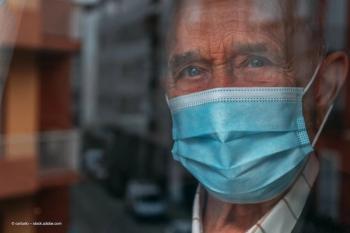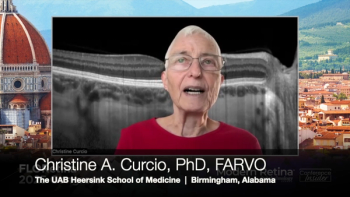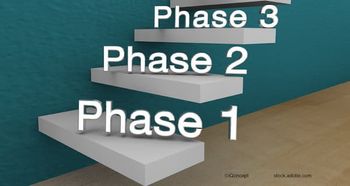
Postoperative considerations for retinal detachments following keratoprosthesis implantation
Risk factors vary in both short-term and long-term periods following Boston Type 1 keratoprosthesis surgery
Retinal detachment (RD) is a severe complication associated with implantation of the Boston Type 1 Keratoprosthesis (B1KPro) that can result in permanently decreased visual acuity in a substantial portion of eyes.
Researchers from Spain and Croatia evaluated the risk factors for development of early and late RDs after B1KPro surgery and found that the risk factors differed for both periods,1 according to first author Eva Calpe, PhD. She is from the Centro de Oftalmología Barraquer and the Institut Universitari Barraquer, Universitat Autònoma de Barcelona, both in Barcelona, Spain.
The investigators conducted a retrospective cohort study that included 94 eyes (90 patients) that received a B1KPro implantation at the Centro de Oftalmología Barraquer from June 2006 to July 2022. All study patients had a minimum 1-year follow-up.
Analysis findings
The investigators found that the incidence of RD after B1KPro implantation was 29% (27/94). The RDs developed in 21% of eyes during the first postoperative year and in 7% of eyes thereafter.
A finding that emerged in this study was that during the first year after B1KPro surgery, hypotony and pars plana vitrectomy (PPV) that occurred at any time were significant risk factors for early RD development. Cases with late RDs, ie, those developing after 1 year following the B1KPro surgery, seem to be correlated significantly with peripheral retinal changes that occurred a few days before the loss of visual acuity and RD diagnosis.
Their data showed that “hypotony was a significant risk factor for early development of an RD (16/19 = 84%; odds ratio [OR ]= 14.5, P < 0.0001), together with aphakia (16/20 = 80%; OR = 5.9, P = 0.004), intraocular lens (IOL) removal (4/8 = 50%; OR = 6.2, P = 0.03), previous choroidal detachment (CD) (7/20 = 35%; OR = 35.5, P = 0.001), and PPV (15/20 = 75%; OR = 6.6, P = 0.006).”
The development of RDs later than 1 year postoperatively was associated with peripheral retinal changes that were detected a few days before the visual loss and diagnosis of the RD (4/6 = 66%; OR = 65, P < 0.0001).
Dr Calpe and colleagues concluded, “Hypotony emerged as one of the main factors influencing early RD occurrence after B1KPro implantation. Additionally, previous CD, PPV, aphakia, and IOL removal should be considered to estimate the risk of postoperative RD development. In contrast, peripheral retinal changes occurring after B1KPro implantation seem to be significantly related to late RD occurrence. It is plausible to think that the risk factors for RD after B1KPro implantation differ during the short and long postoperative time periods. This study reinforces the need for frequent intraocular pressure evaluation and comprehensive periodic retinal assessment over time.”
Reference
Calpe E, Fernández-Engroba J, Julio G, et al. Risk factors for early and late retinal detachment after Boston Type I keratoprosthesis surgery. Graefes Arch Clin Ophthalmol. 2024;
Newsletter
Get the essential updates shaping the future of pharma manufacturing and compliance—subscribe today to Pharmaceutical Technology and never miss a breakthrough.







































